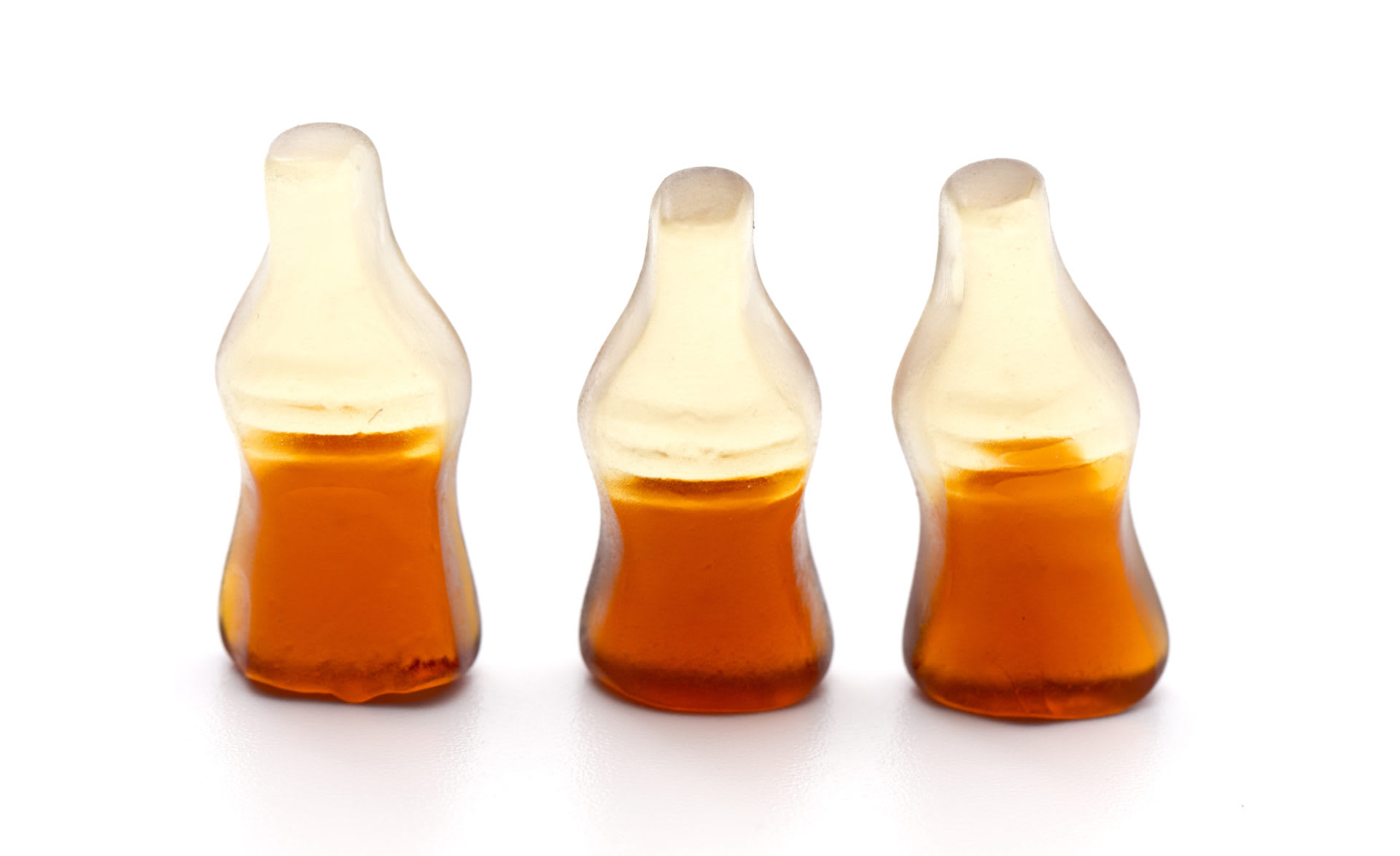Wired.
Buzzed.
Pumped.
Jolted.
These are all words used to describe a caffeinated brain, none of which a teacher would want to use when describing a classroom of students. And yet, a 2016 study published in the journal Pediatrics reports that 73% of children consume caffeine on a given day. The leading culprits? Soda, energy drinks, chocolate, and even gum.
Caffeine is a psychoactive drug used to stimulate the central nervous system. It can improve concentration, reaction time, mood, and performance – all attributes you would want in a student, no? Unfortunately, those benefits are temporary and are only seen when the caffeine intake is low: approximately 80-100mg, which is the equivalent of a regular cup of coffee. However, the average school age child easily consumes 150-300mg, but typically not from a simple cup of joe. More often than not, our students find what can be described as the “the perfect storm”: the sweet deliciousness of sugary sodas and processed candies. All of which lead to increased impulsivity, irritability, hyperactivity, restlessness, difficulty concentrating and ironically, sleepiness. This is particularly true in the afternoon, when students are coming down from their lunchtime jolt. We can likely all agree that these side-effects are not conducive to a successful learning environment.
Caffeine & Anxiety
Furthermore, caffeine fuels anxiety. The pressures that come along with being a student are not trivial. Based on data collected from the National Survey of Children’s Health for ages 6 to 17, researchers found a 20 percent increase in diagnoses of anxiety between 2007 and 2012. Many factors play into this including, but not limited to, school violence, higher academic standards, and the overload of social media. Could caffeine be another culprit? Caffeine’s jittery effects on the body mimic those of a frightening event. That’s because caffeine stimulates the body’s “fight or flight” panic response, and studies show that this can actually make anxiety worse. An anxious brain is less able to cope with the day-to-day stressors of tests, studying, homework, gymnastics, football practice, SAT prep, therapy appointments, and (most importantly to many students) how many likes an Instagram post got. As educators and mentors, we need to find ways to calm the minds of our youth so they can cope in healthy ways, not stimulate them to the point of chaos.
Caffeine Free Tips for Re-Wiring Your Students
- Get moving: Twice a day, encourage your students to stand up and stretch, walk around the room, dance it out by their desks. Familiar with yoga? Rag doll is a great way to get blood flowing to the body and awaken the brain.
- Encourage alternative brain fuel: Entice students to bring berries and nuts as snacks. Maybe extra credit for switching their soda to sparkling water. Most kids just want the reward of something sweet and don’t realize there are caffeine and sugar free options such as La Croix.
- Mindfulness breaks: Welcome your kids back from lunch with a 5-minute mindfulness exercise to create awareness and open the brain to learning. There are wonderful free apps such as “Smiling Mind” that you can use as resources.
- Educate: Lead a discussion with your class on the effects of caffeine. This classroom project from The New York Times offers a fun and interactive way for them to explore the caffeinated brain.
It would be unrealistic to take caffeine fully out of the daily mix. Additionally we are not equipped to completely undo the bombardment of clever advertisements expertly designed to get our students to drink and eat those “perfect storm” products. And frankly, asking teachers to start their day without a jolt of their own would be unthinkable for most! But, the key to success is moderation. You can be a model for your students and help guide them by sticking to healthy, moderate intakes of caffeine.

Brittany Williamson is a Mental Health Counselor at Florida Children’s Institute based in Jacksonville, Florida. She works closely with children and their families taking a Cognitive-Behavioral approach and is passionate about building emotional intelligence and teaching coping skills that will promote resilience throughout her client’s lives. She is also a certified yoga instructor who uses that knowledge to treat anxiety and depression and to model self-care within her practice. In her spare time, she enjoys reading, staying active, traveling, and spending time with her family and beloved yellow Lab, Reagan.

